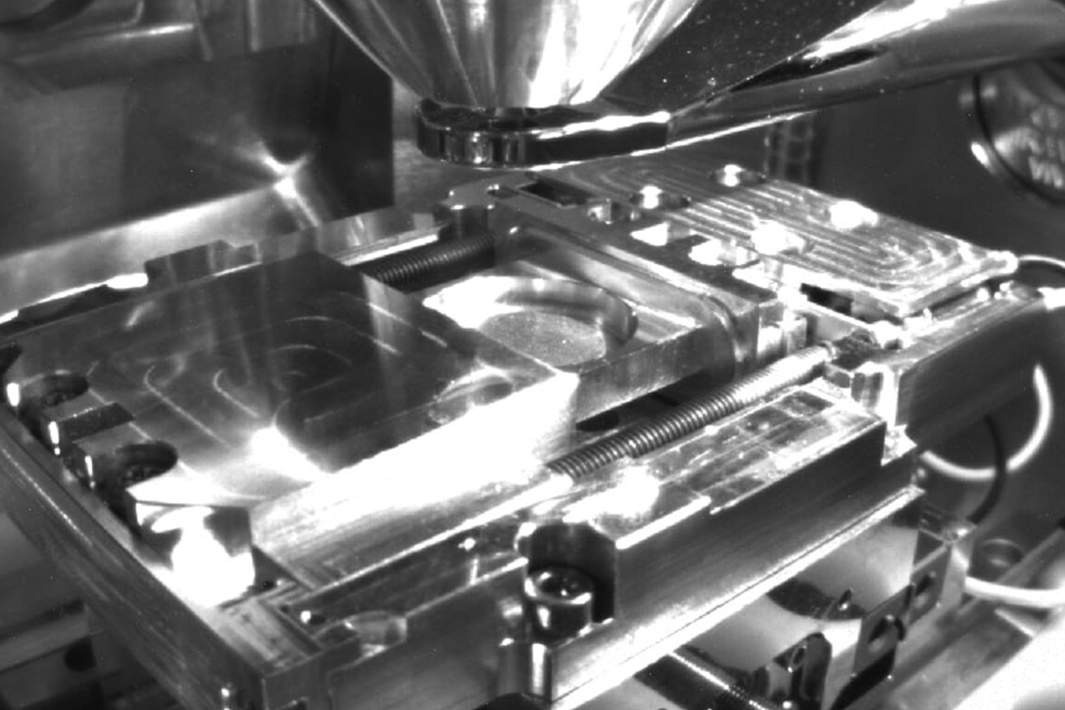
Image. Structural analysis of a composite sample after loading to failure. Credit: Skoltech PR
Kurkin emphasized that small samples will help increase the number of experiments and collect extensive statistical data, allowing engineers to draw more accurate conclusions at a lower cost. Similar studies are being conducted at other research institutions, including Samara University.
“The new method is useful for studying the microscopic processes that occur in composites under load. Such insights are very valuable because ultimately understanding the process evolves into the ability to control it,” says Evgeny Alexandrov, the director of the Digital Materials Science: New Materials and Substances NTI Center at Bauman Moscow State Technical University.
For example, the new method can help find the right balance between surface wettability, adhesion (bonding of surfaces of different solids and/or liquids) at the filler-matrix interface, and roughness, which prevents the fiber from slipping out of the matrix under load, he explained.

Image. Strain localization leading to local failure in a miniature specimen. Credit: Skoltech PR
There are computer systems for modeling such processes, but a good match between the model and the real object has always been a problem. The proposed method can take this match much closer to reality, he concluded.
“High specific strength — the key advantage of aerospace composites — helps reduce the weight of an aircraft or spacecraft. Aerospace engineers could also benefit from local anisotropy, or internal nonuniformity, in the material. For example, fibers could be arranged so that the structure has maximum strength in the direction of the main load,” Artur Gareev, the deputy director for science and innovation at JSC NIIgraphite, commented.
However, he pointed out a potential conflict between a very small sample size and the structure of the material. For example, the fibers could lose contact with the binder, compromising the strength of the composite.
According to Gareev, a large-scale model would require a full set of new tools, which would involve an additional cost. Overall, the new method can be safely used in simple loading cases that do not require validation on large-scale models. In such cases, the calculations, if done properly, will be very close to the real loading scenario, he added.
This text, authored by Andrey Korshunov, originally appeared in Russian on March 19, 2025, on the website of the Russian daily Izvestia. The study by Eugene Statnik, Alexey Salimon, Alexander Korsunsky, and co-authors that is reported in this story was published November 21, 2024, in the journal Fracture and Structural Integrity.






